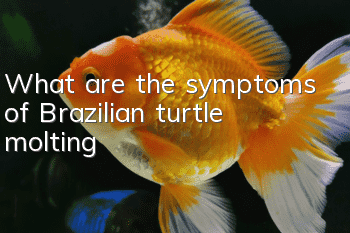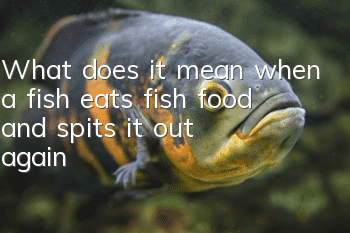Why do old fish die when new fish are introduced into the tank?

Why old fish will die when new fish enter the tank:
1. Poor water quality
It may be that the filtration in the fish tank is not up to standard, causing the fish tank to die. The water quality inside has deteriorated. The living environment of the old fish is not good. After the new fish enter the tank, new water will be poured into it, which will stimulate the old fish and cause the death of the old fish.
2. The water has not been changed for a long time
If the water body in the fish tank has not been changed for a long time and the water quality in the fish tank deteriorates, the addition of new fish will make the living environment of the old fish more difficult, so You must pay attention to changing the water in the fish tank at ordinary times to keep the overall water in the fish tank clean and hygienic.
3. Infection with germs
When new fish enter the fish tank, if they are put into the fish tank without being disinfected, the new fish may themselves carry some germs, leading to The old fish in the fish tank were infected by bacteria and died.
4. Insufficient oxygen
The oxygen in the fish tank is limited. If the fish tank itself is not equipped with oxygen pumps and other oxygenation equipment, the oxygen consumption will increase after new fish enter the tank. , thus leading to the death of old fish.
How to mix new and old fish:
1. Disinfection
To mix new and old fish together, you must first What we do is to disinfect the new fish, because the new fish may carry some germs. If not handled well, it will be detrimental to the old fish and make the old fish infected by germs. The method of disinfection is also very simple. Just prepare a potassium permanganate solution with a low concentration and soak the new fish in the potassium permanganate solution for a period of time, usually about 15-20 minutes.
2. Overheating
Since the water temperature of new fish and old fish may be different, if they are put directly together, one of them will definitely feel uncomfortable, so First, overheating is required. Put the new fish in a bag, then immerse the bottom of the new fish bag into the tank and wait for ten minutes to allow the water temperature inside and outside the bag to gradually become the same.
3. Water crossing
In order for the new fish to adapt to the new water environment, repeated water crossing is required, that is, the water in the fish tank and the bag is exchanged. First, scoop out one-tenth of the water from the bag containing the new fish and pour it into the fish tank. Then scoop out the same amount of water from the fish tank and pour it into the bag. After waiting for ten minutes, add the two Or continue the exchange as just now, usually five exchanges are enough. The new fish in the bag can adapt to the water body of the tank. At this time, we can remove the bag.
(PS: Steps 2 and 3 can also be integrated. First, raise the new fish in a separate fish tank, take half of the water from the old fish tank and pour it into the new fish tank, and then pour half of it into the new fish tank. Add new water to the new fish tank and let the new fish adapt for a day or two.)
4. Isolation
Put the new fish and the old fish in the same fish tankAfter entering the tank, in order to avoid conflicts between them, it is best to isolate them for a period of time to prevent them from fighting. You can place an isolation net in the fish tank so that they cannot touch each other. After they adapt to each other, which will take about a week, the isolation net can be removed.
- How long is the appropriate time for a turtle to bask?
- Do Brazilian turtles eat meat?
- Can fish be raised in pure water?
- Can a shark recognize its owner?
- Why do goldfish scales stick up?
- Turtle can't open its eyes
- How long can koi live?
- What do golden moss rats eat?
- Do the fish in the fish tank recognize their owner?
- Will zebrafish reared in groups reproduce on their own?



